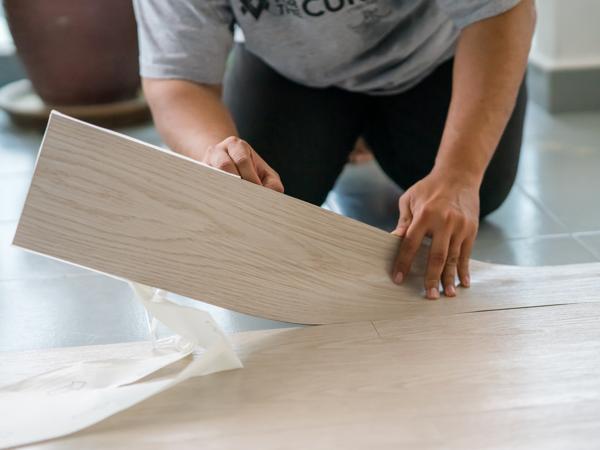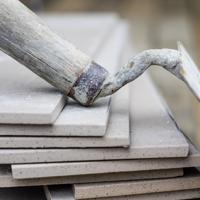Welcome to the Flooring section of DIY Home Tips. We're here to walk you through the essentials of carpet installation. While it might seem daunting at first, breaking it down into steps can make the process approachable and perhaps even enjoyable.
Why Consider Carpet?
Carpet offers warmth, comfort, and style to any room. Whether you're looking for something plush and luxurious for a bedroom or a durable option for a family room, carpet can meet various functional and aesthetic needs.
Before You Begin
Measure Your Space
Start by measuring your room. Use a tape measure to find the length and width, and multiply these numbers to get the square footage. It's wise to add around 10% to your total to account for any errors or unexpected obstacles.
Choose Your Carpet
Consider factors such as material, texture, and color. Materials like nylon and polyester are popular choices for their durability and stain resistance, while wool offers natural luxury though at a higher cost. Visit a local showroom or order samples to see and feel the options in person.
Gather Your Tools
You'll need a few essential tools before you jump in:
- Carpet Knife
- Knee Kicker
- Carpet Stretcher
- Carpet Tape
- Tack Strips
- Hammer
- Staple Gun
- Seam Iron (for connecting carpet pieces)
- Spray Glue (optional)
Prepare the Area
Remove any existing flooring and furniture. Ensure the subfloor is clean, dry, and smooth. It's a good opportunity to address any squeaky floorboards or other underlying issues.
Installation Steps
Step 1: Lay Down Tack Strips
Place tack strips along the perimeter of the room, leaving a small gap between the strip and the wall (usually about half an inch). Use a hammer to secure them, making sure the pins angle towards the wall.
Step 2: Lay out Carpet Padding
The carpet padding prolongs the life of your carpet and adds extra cushioning. Roll it out and cut it to size, securing with staples or tape. Be careful not to overlap seams.
Step 3: Cut and Lay Your Carpet
Unroll your carpet and cut it to the required size. Leave several inches of overlap at the edges. Use a knee kicker to stretch the carpet into place, starting from one corner of the room.
Step 4: Secure the Edges
Once you're satisfied with the fit, press the edges of the carpet onto the tack strips. Use a carpet stretcher to ensure the carpet is flat and smooth, with no bubbles or wrinkles.
Step 5: Trim and Finish
Trim the excess carpet with your carpet knife against the wall. For seams, use carpet tape and a seam iron to carefully connect different pieces of carpet. Be mindful to align patterns or textures for a seamless look.
Step 6: Tuck in the Edges
Use a stair tool or chisel to tuck the edges of the carpet neatly between the baseboard and the tack strips.
Common Challenges
- Seam Lines: Take your time aligning and pressing seams flat for a clean finish.
- Doorways: Use transition strips in doorways for a neat divide between different flooring.
Maintenance Tips
Regular vacuuming and steam cleaning can help maintain the appearance and longevity of your carpet. Address spills promptly with gentle cleaning solutions suited to your carpet's material.
Final Thoughts
Carpet installation can be a rewarding DIY project, transforming a room with comfort underfoot. Remember, if you encounter any challenges beyond your comfort level, professional installers are there to help.
By following these steps and taking the time to prepare properly, you can manage your carpet installation project with confidence. We hope this guide has provided some clarity and assistance for your home improvement endeavors.
Feel free to explore other articles on our site for tips on maintaining and enjoying your newly carpeted space.
Happy renovating!




